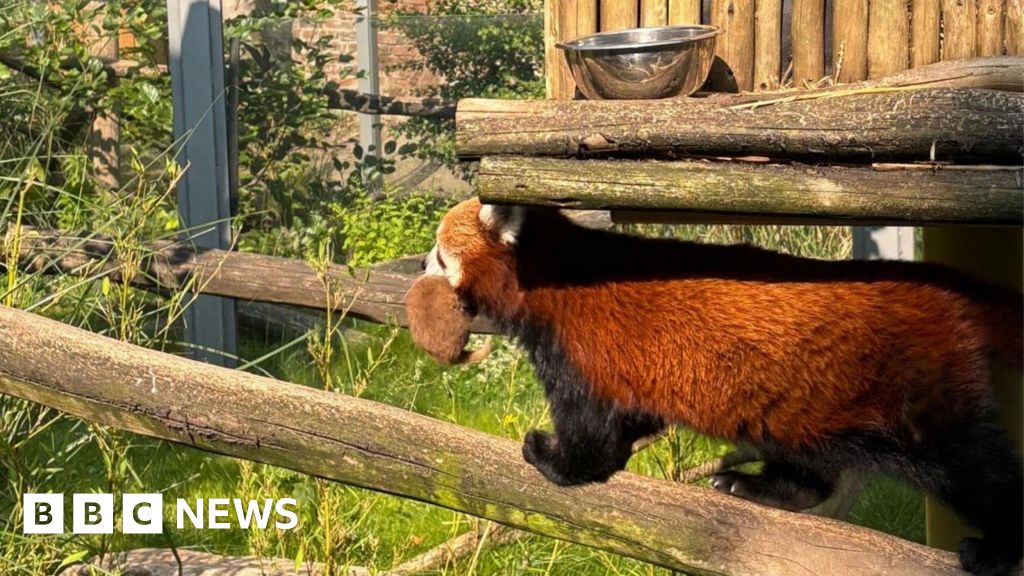- The Bark Byte
- Posts
- 🛁 The Bark-Byte – The Purrfect Clean: Vol. 4: The Scoop on Litter Box Hygiene
🛁 The Bark-Byte – The Purrfect Clean: Vol. 4: The Scoop on Litter Box Hygiene
Because your cat’s bathroom shouldn’t require a gas mask.

🐱 Episode Intro: The Scoop on Litter Box Hygiene
Because when your cat stops using the box, you’re in deep… trouble.
The litter box is sacred territory. If it’s too stinky, too dirty, or in the wrong spot?
Your cat will protest—and they don’t exactly write complaint letters.
In this episode, we’re breaking down the scoop schedule, choosing the right litter, where to put the box, and how to avoid the dreaded “potty rebellion.”
You scoop, they poop—it’s a deal. Let’s keep it clean.
Table of Contents
🧹 How Often Should You Clean the Litter Box?
Daily:
Scoop at least once a day (twice is ideal)
Remove clumps and solids
Stir the litter to distribute unused bits
Weekly:
Dump and replace all litter
Wash the box with unscented soap and warm water (no bleach!)
Dry thoroughly before refilling
Monthly:
Inspect for scratches or odors in the plastic—replace box if needed
Consider rotating boxes if you have multiple
🐾 How Many Boxes Do You Really Need?
Golden rule:
🧻 1 box per cat + 1 extra
(Yes, even if they’re siblings. No, they won’t “just share.”)
🐈 Litter Box Placement Matters
✅ Quiet, low-traffic areas
✅ Away from food & water
✅ Easily accessible (especially for senior or disabled cats)
✅ One box per floor in multi-level homes
🚫 Next to noisy appliances
🚫 Trapped in closets or cabinets
🚫 In the line of fire from a dog or toddler ambush
🪨 Choosing the Right Litter
There’s no one-size-fits-all, but here’s a quick scoop:
Type of Litter | Pros | Cons |
|---|---|---|
Clumping Clay | Easy to scoop, widely available | Dusty, heavy |
Silica Gel | Great odor control, low dust | Expensive |
Paper Pellets | Eco-friendly, soft on paws | Needs frequent changing |
Wood/Lumber Pellets | Natural scent, biodegradable | Some cats dislike texture |
Corn/Wheat-Based | Flushable, renewable | Can attract pests if not maintained |
🧼 Bonus Tips to Avoid “Box Boycotts”
Scoop more often if you have multiple cats
Use unscented litter—cats hate perfume-y boxes
Skip plastic liners (they tear, trap odors, and annoy cats)
Watch for signs of urinary problems (straining, peeing outside the box, blood)
🗝️ Key Takeaways:
✔️ Scoop daily, deep-clean weekly, replace monthly
✔️ One box per cat + one extra = harmony
✔️ Choose litter based on your cat’s preferences
✔️ Avoid noisy or inconvenient box locations
✔️ Sudden changes = call your vet
💡 Tele-Vet’s Tip:
Sudden litter box issues can be a medical red flag—not just a sassy tantrum.
UTIs, arthritis, kidney disease, and stress are all possible culprits.
📱🐾 Book a virtual vet consult to rule out the scary stuff and get litter-ature-based advice.
Help fellow cat parents avoid litter box drama.
Forward this newsletter—they’ll thank you (and so will their rugs).
|
|
A word from our Sponsor ⭐️
🏔️ Traditional Craftsmanship: Our chews are made using an ancient Nepalese method, passed down through generations. This time-honored process naturally preserves the yak cheese, ensuring a long-lasting and nutritious treat for your dog.
🧀 100% Yak Cheese: Our chews contain only 100% yak cheese—no cow milk, fillers, or additives. Yak milk is naturally richer in nutrients than cow milk, providing unique health benefits for your dog, including essential vitamins and minerals.
💪 Vitamins & Nutrients: Packed with protein and calcium, these chews promote strong muscles, bones, and teeth, helping your dog stay healthy and active.
🐾 Easily Digested: Gentle on your dog's stomach, yak cheese is easily digested, making it a great option for dogs with sensitive stomachs or dietary restrictions.
🐕 Long Lasting: Designed to keep your dog engaged, these chews are durable and long-lasting, offering hours of chewing enjoyment.
🦴 Daily Bite 🦴
Thanks For Reading, and Have A Great Week!






